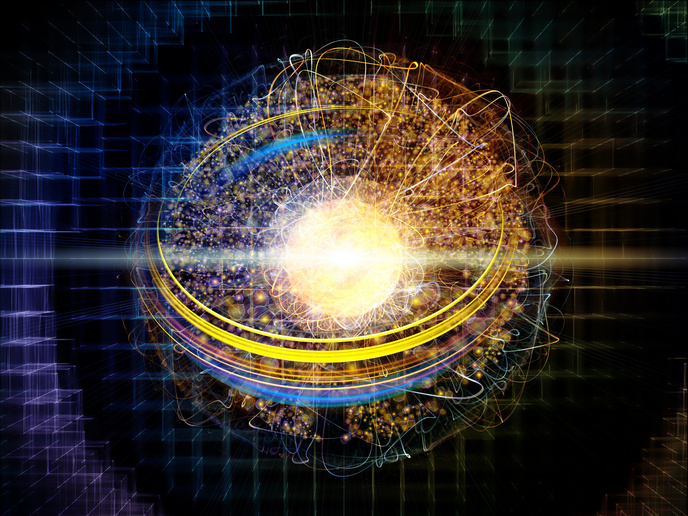From quantum physics to smart devices
The excitonic part of polaritons allows them to interact strongly with their surroundings, giving rise to nonlinear phenomena enjoyed by electrons. On the other hand, their photonic part restricts the recovery of classical behaviour, allowing them to carry information with minimal data loss. As well as being of great scientific interest, polaritons have the potential to realise optoelectronic devices, exploiting collective quantum effects at room temperature. The new field of polaritonics is emerging as a highly promising alternative to purely photonic and electronic devices. The EU-funded project 'Exciton-polariton optoelectronic and quantum employment in semiconductors' (EPOQUES) focused on polariton phenomena in quantum wells and polariton condensates. Significant advances have been made in both directions during the project's two-year lifetime. EPOQUES scientists developed a new approach for the spatial modulation of light exploiting the interactions between excitons confined in a layered semiconductor structure. By varying excitons' energies with small electric fields, the intensity and phase of reflected light could be controlled. This new approach could provide the basis for holographic arrays. Furthermore, EPOQUES scientists obtained a better understanding of phenomena caused by spin-orbit coupling in a coherent gas of so-called indirect excitons. In particular, they explored spin transport in excitons formed in quantum wells with a view to designing advanced spintronic devices, relying on the long lifetimes of these quasiparticles. Research on the polariton condensates concentrated on the transport of particles over macroscopic distances and the increase in the intensity of the condensate as this travels. The list of EPOQUES project results was not limited to the practical use of polaritons as basic ingredients of optical amplifiers and logical circuits. A series of theoretical tools was developed to describe interactions between polaritons, presented in scientific papers published in peer-reviewed journals. EPOQUES outcomes are of interest to the academic community as well as industrial research laboratories, and at the same time help to keep Europe's world lead in the field.







